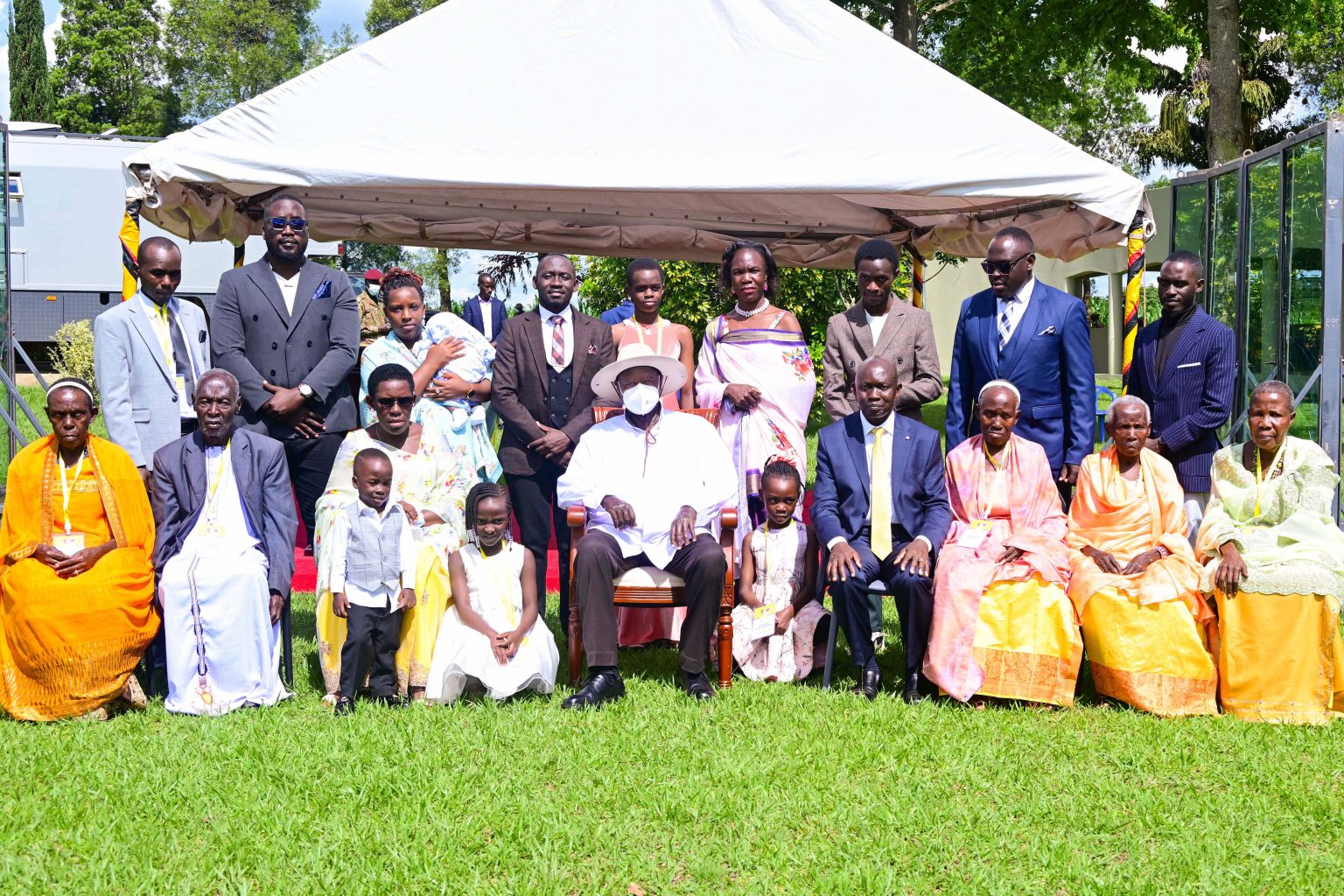President Yoweri Kaguta Museveni has suggested a potential shift in Uganda’s free education policy, urging leaders at all levels to assess whether parents in their communities are financially able to pay school fees.
“The question for you—whether political, religious, or cultural leaders—is whether those people you see in the villages can afford school fees. “If they can pay for themselves, we can change the policy,” President Museveni said.
He made the remarks on Friday, May 23, during a Thanksgiving ceremony for the Minister of State for Public Service, Hon. Grace Mary Mugasa, held in Kisaaru-Kyabayanja village, Kabwoya Sub-county, Kikuube District.
The President said Uganda’s Universal Primary Education (UPE) and Universal Secondary Education (USE) programs were launched based on the assumption that most Ugandans could not afford school fees. But with changing times, he said it’s worth reassessing.
“Do parents really lack the ability to pay, or are they simply unwilling? If the poverty levels have been reduced, we can review the policy,” Museveni added.
This comes after the Uganda Bureau of Statistics (UBOS) released the Uganda National Household Survey (UNHS). According to the Survey (2023/2024), Uganda’s national poverty rate has dropped from 20.3% in 2019/20 to 16.1% in 2023/24.
While the national poverty rate appears to have improved, a closer look at regional statistics reveals a more complex picture. According to the survey, poverty has only fallen most significantly in urban centers like Wakiso and Kampala, where economic opportunities, infrastructure, and access to services are relatively better.
However, rural regions such as Karamoja continue to record the highest poverty rate at 74.2%, accounting for 13.4% of national poverty despite having a smaller population. Regions such as Bukedi and Teso also remain below the national average.
These disparities raise important questions: Can rural families truly afford to pay school fees? And should national education policy shift based on a countrywide average that may not reflect the economic hardship in outlying districts?
President Museveni cited challenges in the current implementation of UPE and USE, blaming school heads and committees for introducing unauthorized fees such as charges for extra teachers and lunch, making what should be free education increasingly inaccessible.
In practice, many schools have introduced unofficial or “voluntary” fees that quietly undermine the promise of free education. These may include payments for Parent-Teacher Association (PTA) activities, school development projects, lunch, extra lessons, or hiring additional teachers.
Depending on the school and region, such charges can range from UGX 30,000 to over UGX 150,000 per term, figures that put pressure on low-income households, particularly in rural areas.
As a result, children from poorer families often miss school, drop out, or are sent home for non-payment, contradicting the goal of universal access and highlighting a structural weakness in policy enforcement.
Uganda introduced Universal Primary Education (UPE) in 1997, pledging to offer free primary schooling to four children per family, later expanded to all children regardless of income or location. The policy was seen as a landmark step toward improving literacy and equity in access to education.
Ten years later, in 2007, Universal Secondary Education (USE) was launched to bridge the gap between primary and secondary levels, allowing students who passed their Primary Leaving Examinations to continue without paying tuition in selected government and private schools.
Both programmes were designed to address barriers to education among Uganda’s poorest households and to help the country meet global development targets.
Canon Edward Busingye, Chief Administrative Officer of Kikuube District, informed the President that only 52 out of 100 pupils who start primary one complete primary seven, with numbers dropping further at the secondary level.
Uganda would not be the first African country to re-evaluate its free education policy. In 2009, Kenya introduced “cost-sharing” in public secondary schools after years of fully subsidized education. The result? A notable drop in enrollment among children from low-income families, especially in rural areas, with many forced to drop out due to inability to pay.
Civil society groups warned that even modest school charges widened inequality and reversed years of progress in literacy and gender parity.
Ghana’s experience offers a contrasting path. In 2017, the country implemented a Free Senior High School policy and, despite initial budget pressures, saw secondary enrollment surge by over 40% in five years. The move was hailed as a bold investment in national development.
If Uganda scales back UPE or USE, it could risk disenfranchising the very communities the policy was created to uplift. Experts argue that before considering any withdrawal, the government must assess long-term impacts on human capital, rural poverty, and national cohesion, hence the president’s call to grassroots leaders at all levels to assess whether parents in their communities are financially able to pay school fees.
President Museveni’s remarks indicate a possible policy shift away from universal free education, but only if data proves families can afford to contribute. At the same time, he emphasized the need for job creation, commercial farming, and community resilience as the keys to Uganda’s long-term socio-economic transformation.


